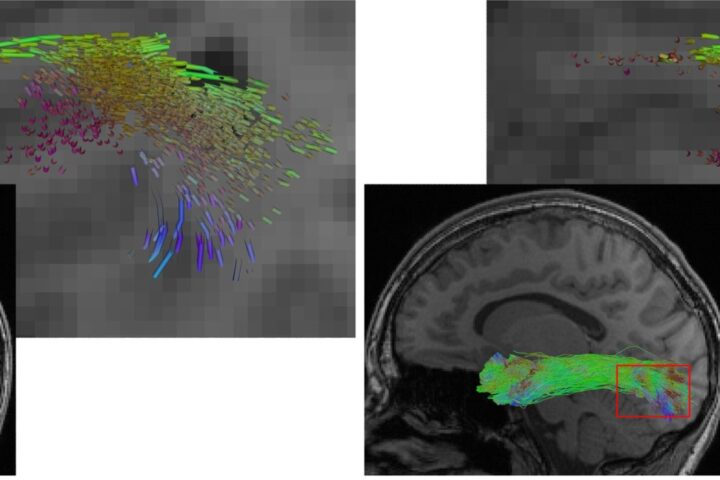Air pollution is a public health challenge that threatens people and the environment, making timely and precise air quality measurements and predictions more crucial than ever. A team of researchers at the Department of Earth Science and Engineering and the Data Science Institute at Imperial College London have developed an innovative tool to address this challenge.
Known as Dynamic Neural Assimilation (DyNA), the new model combines the strength of AI with data assimilation to provide fast and accurate forecasts of air pollution levels. Published in the journal Discover Applied Sciences, the findings highlight a link between air pollution data and nearby industrial activities. It demonstrates that the model is more successful and efficient than existing models at analyzing air quality.
DyNA combines AI tools and data from sensors in a fast and reliable system. A customized Recurrent Neural Network (RNN) is used by DyNA. RNN is a system that can keep track of data and use it to understand what could happen next.
The DyNA tool provides a more reliable, efficient, and affordable way to accurately forecast air pollution levels and ingest data from air quality sensors. Thus, DyNA can delve into past and present air quality data, learning patterns and using them to predict air quality in the future.
Dr. Rossella Arcucci, Senior Lecturer in Data Science and Machine Learning at the Department of Earth Science and Engineering and Director of Research at the Data Science Institute, said, “Unlike more traditional, static models used to assess air quality, DyNA is dynamic and adaptable. It can fine-tune itself as soon as new data becomes available.” Dr. Arcucci added, “DyNA can use real-time information about air quality to improve the accuracy of its predictions. So, as soon as something that could affect air quality happens, DyNA quickly takes it into account and updates its predictions, helping ensure that we have the most up to date and reliable information about the air we breathe.”
Similar Posts
The team of researchers trained and tested the model using real-world data obtained from air quality monitoring stations from the European Environment Agency in Italy in order to validate the effectiveness of DyNA. They looked at air pollution data from 2003 to 2010 and identified that areas with monitoring sensors with lots of industrial activity tend to have higher pollution levels.
Industrial activities were a major source of outdoor air pollution, according to the findings of the Imperial College research team. They suggest the need for proactive monitoring to mitigate pollution’s adverse effects on public health and the environment. Researchers hope that DyNA could help policymakers and environmental agencies make informed decisions and take the necessary steps to protect air quality—paving the way for a cleaner, healthier future.
Bottomline: A new AI tool developed by the Imperial College London research team could transform the way we monitor and forecast air pollution.


















